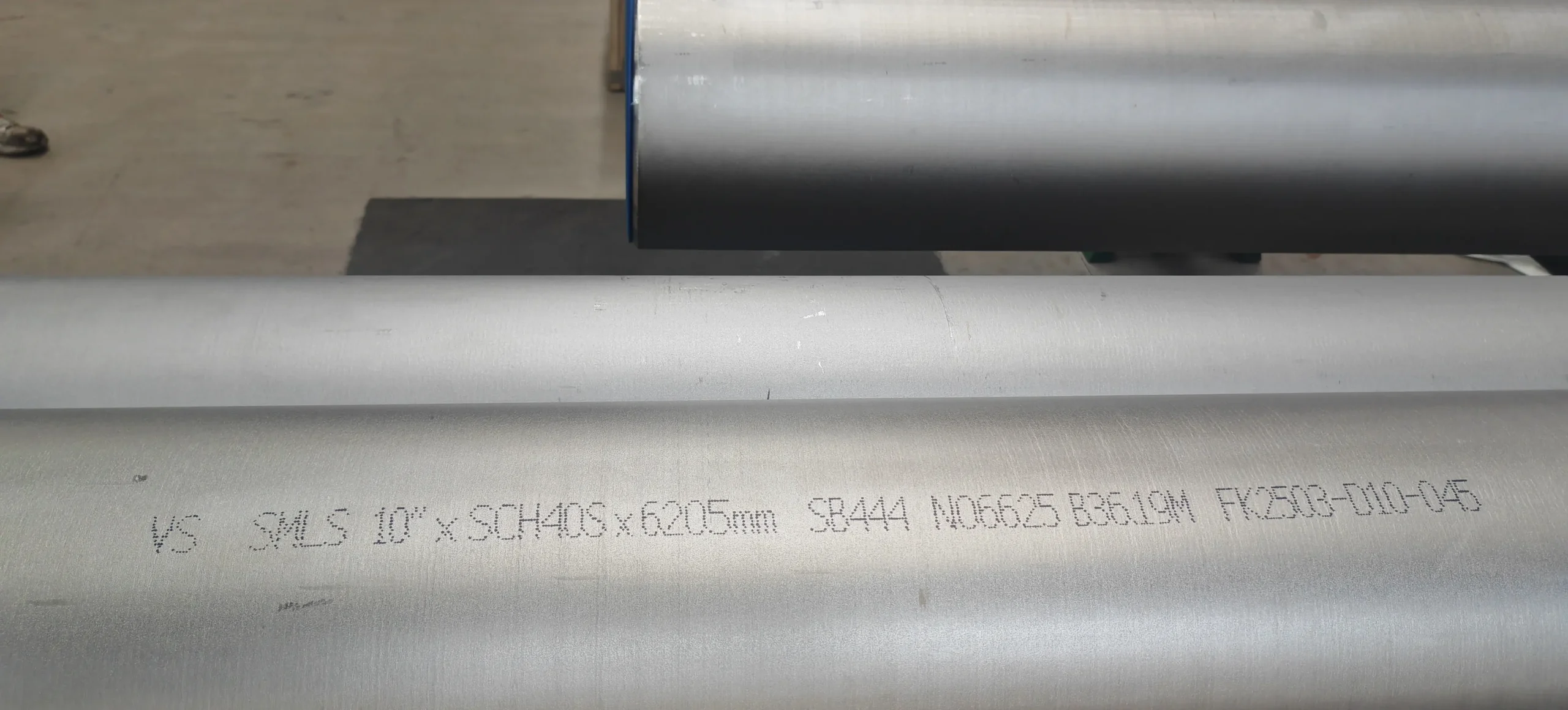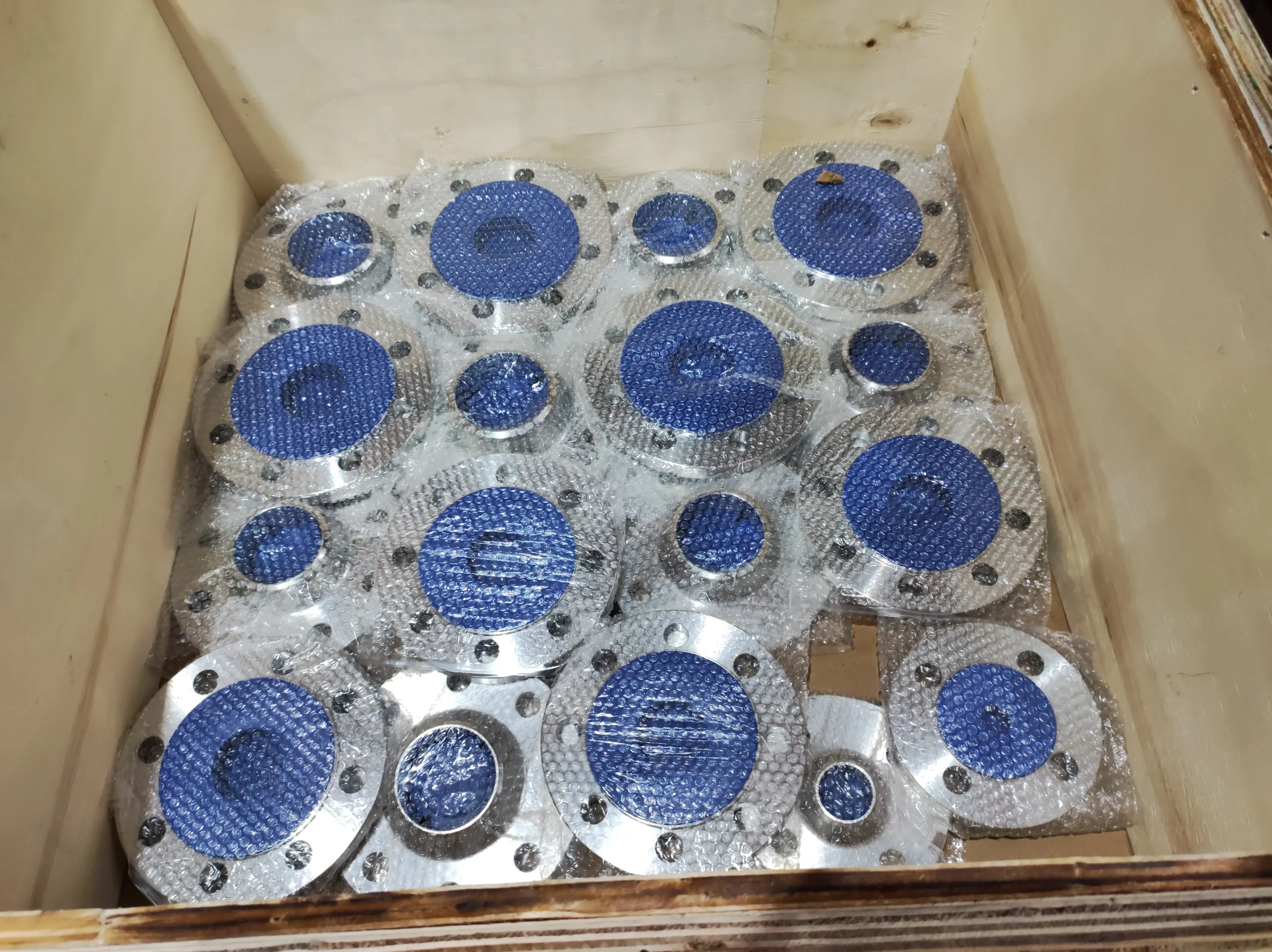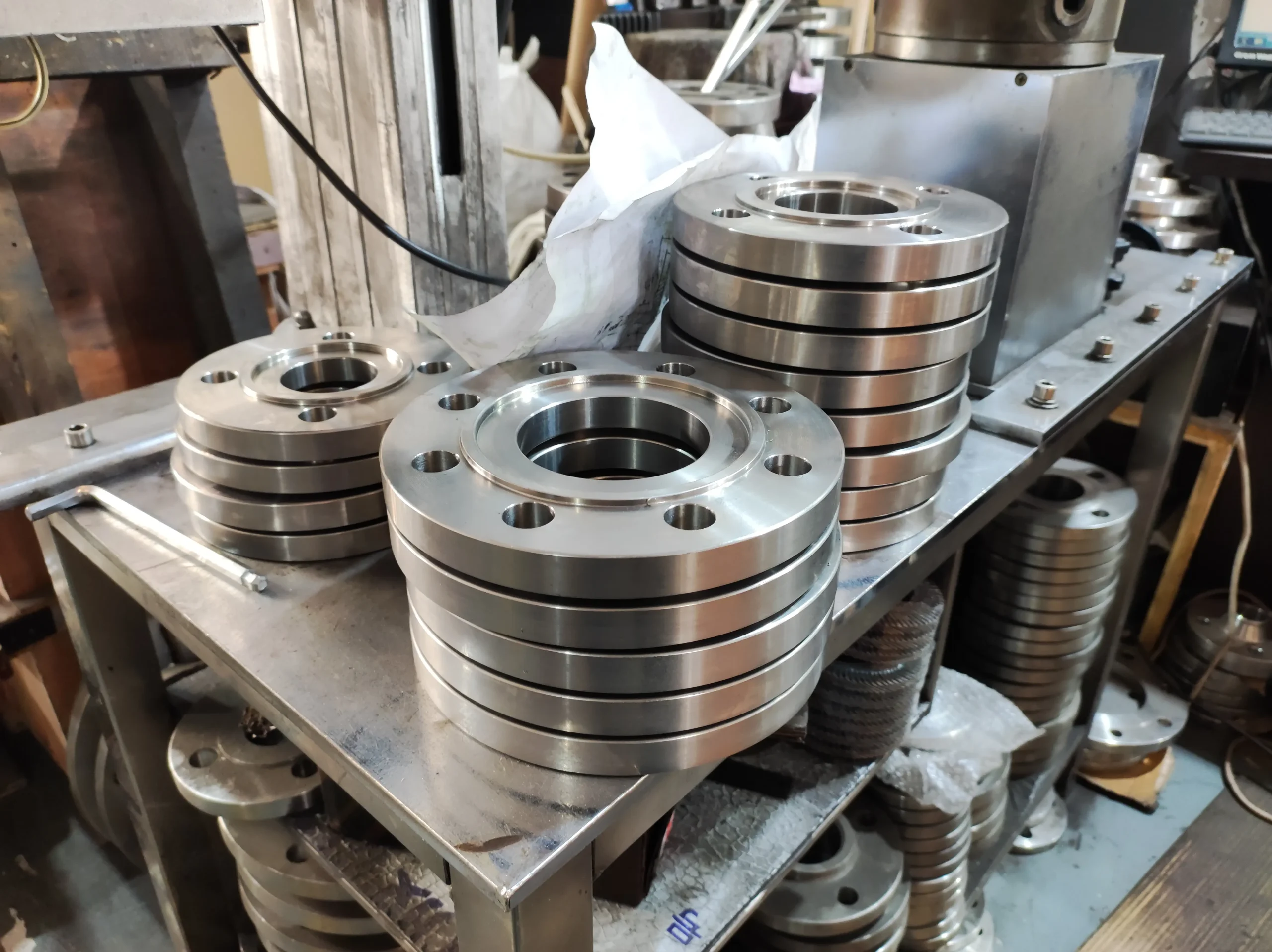Nickel-chromium-molybdenum steel provides superior protection by incorporating key elements that result in superior performance. When your piping systems operate in harsh environments, standard alloys can corrode or fail. That’s why nickel-chromium-molybdenum steel is important for stainless steel piping and fittings.
What is Nickel-Chromium-Molybdenum Steel?
Nickel-chromium-molybdenum steels are a type of high-alloyed steel, often referred to as super austenitic or nickel-based alloys. These metals contain high amounts of nickel, chromium and molybdenum. Nickel provides excellent corrosion resistance, chromium enhances oxidation resistance and molybdenum increases resistance to pitting and crevice corrosion. This powerful combination makes them ideal for extreme conditions.
Key Advantages of Nickel-Chromium-Molybdenum Steel
This alloy family is resistant to a wide range of corrosive chemicals. It excels in both oxidising and reducing environments, including strong acids and chlorides.
Molybdenum significantly improves localised corrosion resistance. This is critical in stagnant or low-oxygen areas to protect fittings and flanges.
These alloys maintain excellent mechanical properties and resist creep deformation at high temperatures.
High nickel content provides strong resistance to stress corrosion cracking. It prevents brittle failure under stress.
Many grades have good formability and are easy to weld. Ensures strong and reliable joints in complex piping systems.
Popular Nickel-Chromium-Molybdenum Steel Grades
| Grade (UNS) | Key Characteristics | Primary Application Areas |
|---|---|---|
| Alloy 20 (N08020) | High Ni/Cr/Mo/Cu. Sulfuric acid, SCC. | Chemical, pharma, food processing |
| Alloy 625 (N06625) | High strength, broad corrosion. | Aerospace, marine, chemical, power |
| Alloy C276 (N10276) | Very high Mo/Cr. Aggressive reducing/oxidizing. | Pollution control, chemical processing |
| Alloy C22 (N06022) | Very high Cr/Mo/W. Broad oxidation/reduction. | Pharma, chemical, waste treatment |
| Alloy 59 (N06059) | High Cr/Mo/Ni. Excellent pitting/crevice. | FGD, chemical processing, paper |
What We Do
Applications in Stainless Steel Pipe & Fittings
| Application Area | Challenge Addressed | Benefits for Piping |
|---|---|---|
| Chemical Processing | Strong acids, mixed corrosives | Long pipe life, no contamination |
| Pollution Control | Wet scrubber environments | Resists chlorides, acidic condensates |
| Marine/Offshore | Seawater, chlorides, high pressure | Prevents pitting, crevice, SCC |
| Waste Treatment | Aggressive effluents | Durable pipes, reliable fittings |
| Pharmaceutical | Harsh cleaning agents, high purity | Clean surfaces, no corrosion |
| Power Generation | Flue gas, hot corrosive streams | High-temp strength, corrosion control |
Sourcing Nickel-Chromium-Molybdenum Steel for Piping
Choose a manufacturer who has extensive experience with stainless steel and who understands its unique properties. This ensures optimal moulding results.
Ensure rigorous quality checks are in place, including dimensional checks, etc. Material integrity verification and material test reports are also critical.
Work with reputable manufacturers who offer reliable stainless steel products and have certifications(e.g. ISO 9001 and CE-PED).
Always confirm the exact alloy grade. Demand Material Test Reports (MTRs). This confirms chemical composition.
Ensure pipes and fittings meet required dimensions. This includes ASME B36.19 (pipes) or ASME B16.9 (fittings).
These alloys require specialized welding. Ensure proper filler metals are used. Verify qualified welding procedures.
Some applications may need post-weld treatment. This might include solution annealing. This restores properties.
Contact Us
- RM901 No.22 Tangjiaqiao Road Wenzhou China
- +86 577 8551 1171
- [email protected]
- https://www.kaysuns.com/



